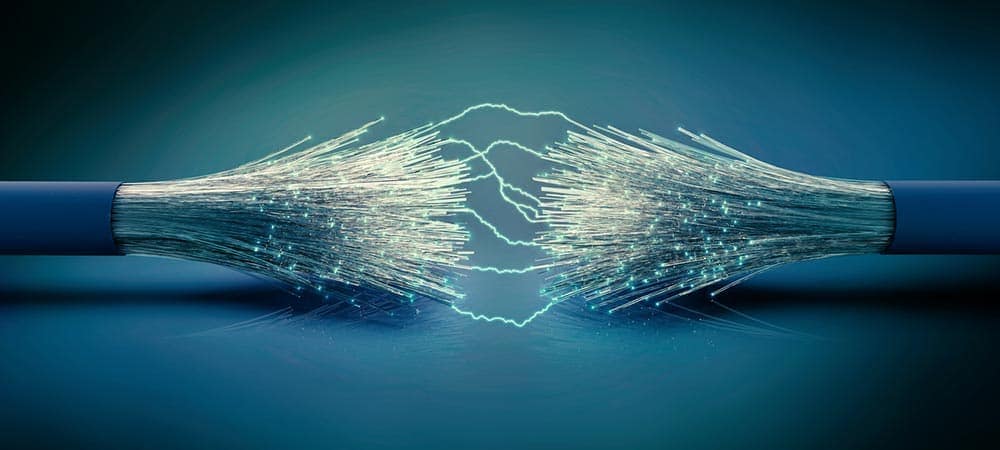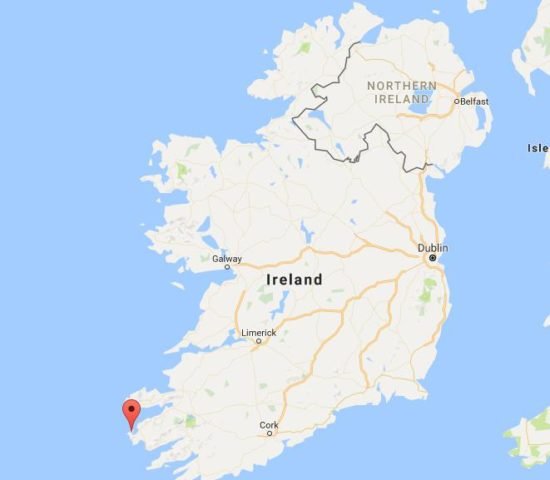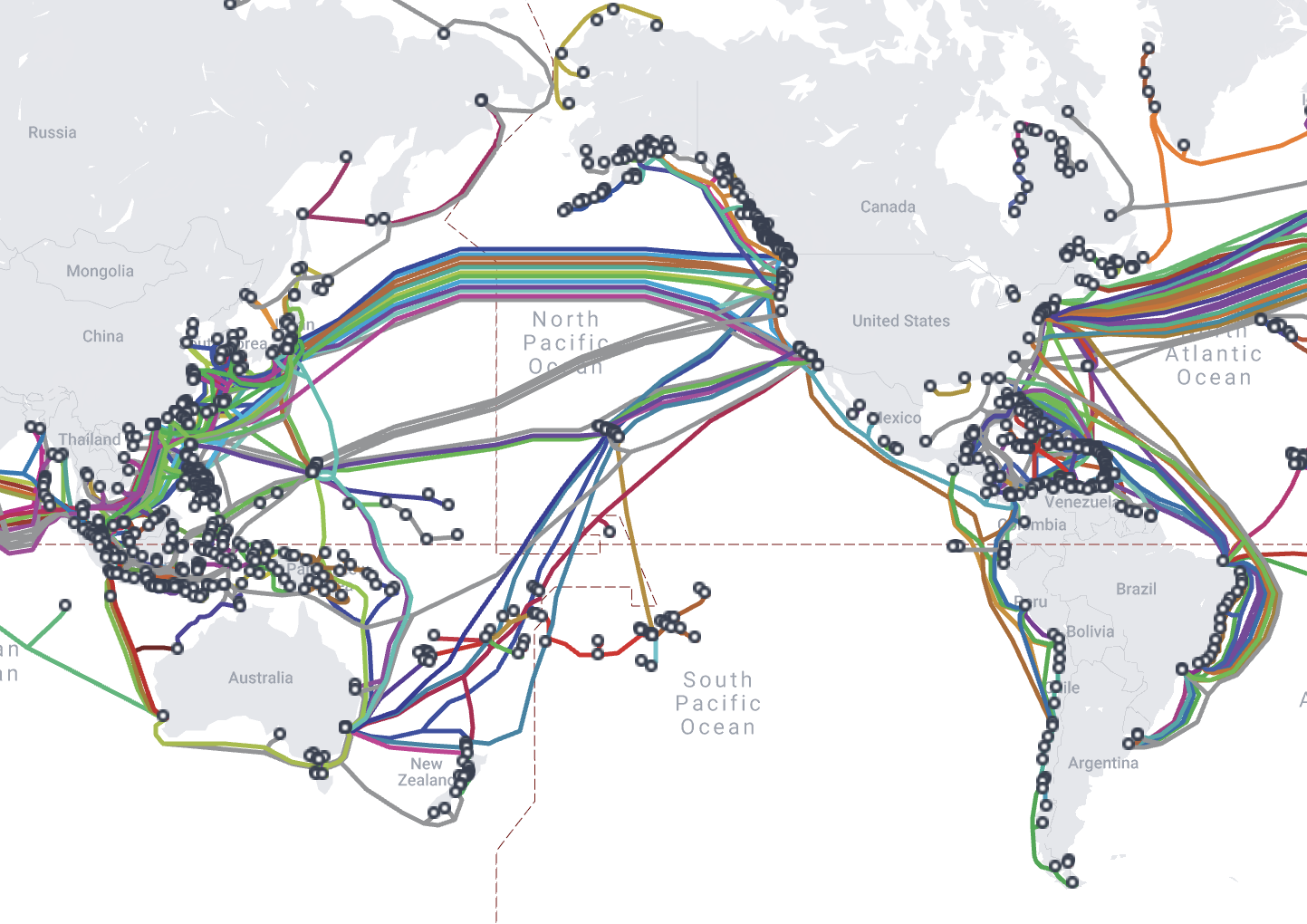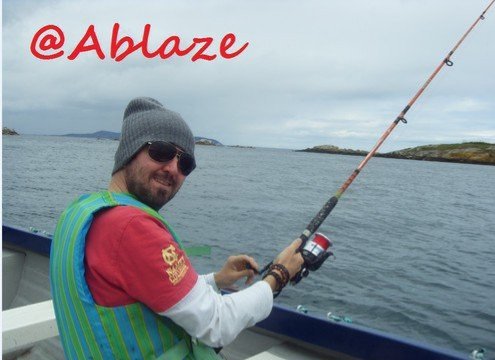A question...
Have you ever spoken to a friend on the phone?
Of course you have.
Have you ever spoken to a friend on the phone when they were thousands of miles away?
I'm sure you have.
Have you ever downloaded files from the internet or browsed your favourite news website?
Of course you have.
Well what makes all of these things possible? Well there are a numbers of technologies at play of course, but the one I am referring to here is the technology which allows us to send and receive data over very long distances. From Australia to America or from Canada to Europe. Many people assume that Satellites transmit this data and while that is true for around 1% of the data worldwide, 99% travels via a different method altogether. It swims with the fishes so to speak!
Yep, I'm talking about fibre optic transmission of light at the very bottom of our oceans, seas and channels around the world.

I want to take you on a little journey through history and explain why Ireland was pivotal in the world wide communication network that we take for granted today and which underpins the internet, phone calls and text messaging/WhatsApp that we take for granted in our modern day.
There is a small island, namely Valentia Island in County Kerry in the Southwest corner of Ireland that plays a key role in laying the cornerstone of modern telecommunications. How so?
Well, Valentia Island or Dairbhre to give it it's Irish name is one of Ireland's most westerly points. It lies off the Iveragh Peninsula in the southwest of County Kerry, as you can see on the map below.

Ireland’s location on the Western most point of Europe and Valentia's location on one of the Western most points of Ireland is where the story starts.
Imagine for a moment a time before the internet.
It's not too far back when you put your mind to it. The early 1980s or for mainstream the mid 1990s.
Now go back further to a time before telephones and telephone exchanges and you'll find yourself slam back in the middle of the 1920s. For many the times when our Grandparents were around.
Now go back another 100 years to 1850. Millard Fillmore was the president of America and Lord John Russell was the Prime Minister of the UK. Different times indeed.
Today, diplomatic relations on behalf of Keir Starmer can pick up the phone and talk to Joe Biden within minutes in an emergency situation. In 1850 however, this was just not possible. Instead a ship would have to set sail and it would be two weeks or longer before the message arrived and another two weeks or more for the response. Imagine all that could happen in that one month period and you quickly understand how unconnected the world was back then.
Something would have to happen to bring the continents closer together. A reforming of Pangea the super continent? Ahhhh noooo...
Reverse plate techtonics might prove difficult and take hundres of millions of years! What then?
Sub sea communications! Now, let’s take a look at the how a single telegram in 1858 paved the way for the modern communications network we have today.
It's now been a whopping one hundred and sixty six years since the first transatlantic telegram was sent from Ireland’s Valentia Island to Heart’s Content in Newfoundland, laying down the foundations for the global communications networks that criss cross the world today. Here's a look at some of them courtesy of
https://techcrunch.com/2024/01/11/humboldt-google-set-to-build-the-first-subsea-cable-directly-connecting-south-america-with-asia-pacific/ where I borrowed this image from.

Now back to the history lesson. Laying that first cable in 1858 was a massive undertaking, both financially and technically. It required thousands of miles of cable to be laid on the bed of the Atlantic Ocean and collaboration between teams on both sides of the Atlantic was a given. Ironically they had no easy way to communicate back and forth, so it was slow going.
The laying of the transatlantic cable transformed not only global communications but Ireland’s place in the world.
In the blink of an eye, the world would become a much smaller place. Where once messages back and forth would take one month at a minimum to travel back and forth via ships, the new cable promised to do it in minutes. An unbelievable improvement and a game changer was about to change the world forever.
After many failed attempt, on August 5th 1858 both ships reached their destinations – Valentia Harbour in Ireland and Trinity Bay in Newfoundland. The two continents were finally joined.
Indeed, on 16 August communication was established with the message “Glory to God in the highest, and on earth, peace, goodwill to men.”
Soon after UK monarch Queen Victoria sent a telegraph to US president James Buchanan asking for support, I don't know what the telegram said precisely, but I know it was sent and it was a serious milestone.
There was a major hitch then however, as the cable had technical difficulties and within weeks stopped working. You must remember that this feat of engineering entailed a cable buried beneath an Ocean stretching for thousands of miles.
The importance of these cables has skyrocketed since then. The connectedness of our continents and our governments have been a function of the communication systems which began all these years ago between Ireland and Newfoundland.
I think it's fair to say that without the first developments in telegraph communications and the research and innovation carried out by the innovative and inspired team on Valentia Island, we would not have been able to develop the existing world communication network that we have today.
There have been various technological leaps between the first transatlantic telegram in 1858 and today's modern cables, from the creation of the Coaxial cable that was patented in 1931 to the development of optical fibre in the 1960s. Today fibre optic cables criss cross the bottom of every sea and ocean connecting countries, people and continents. It's why after I click post in a minute, my Hive friends can all read it in USA, Nigeria, Venezuela and beyond within a fraction of a second. That's the power of the speed of light and fibre optic transmission. None of this would have been possible without the very first transatlantic cable laid in 1858 which truly paved the way for the modern Internet.
Thanks as always for stopping by everyone.
Peace Out
%20(2).jpeg)